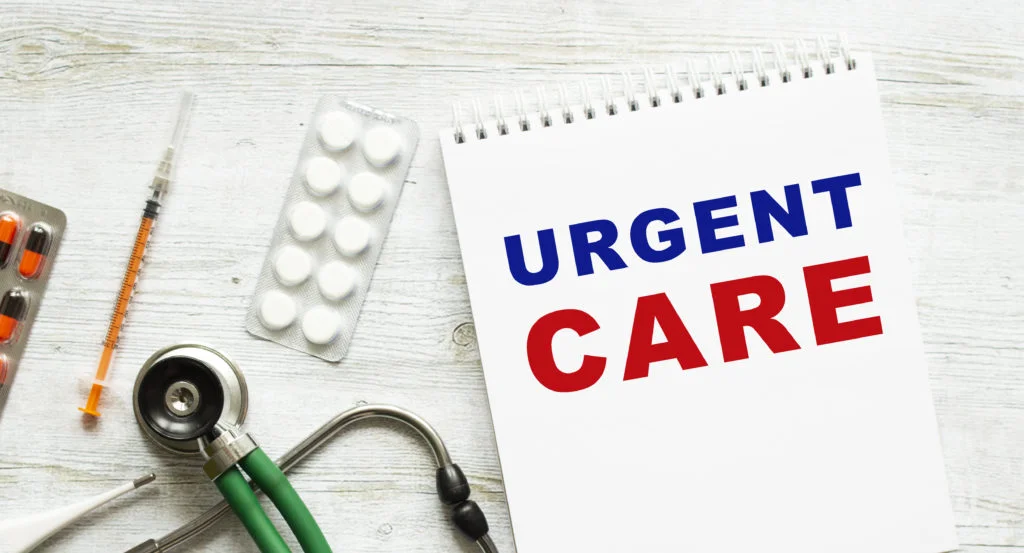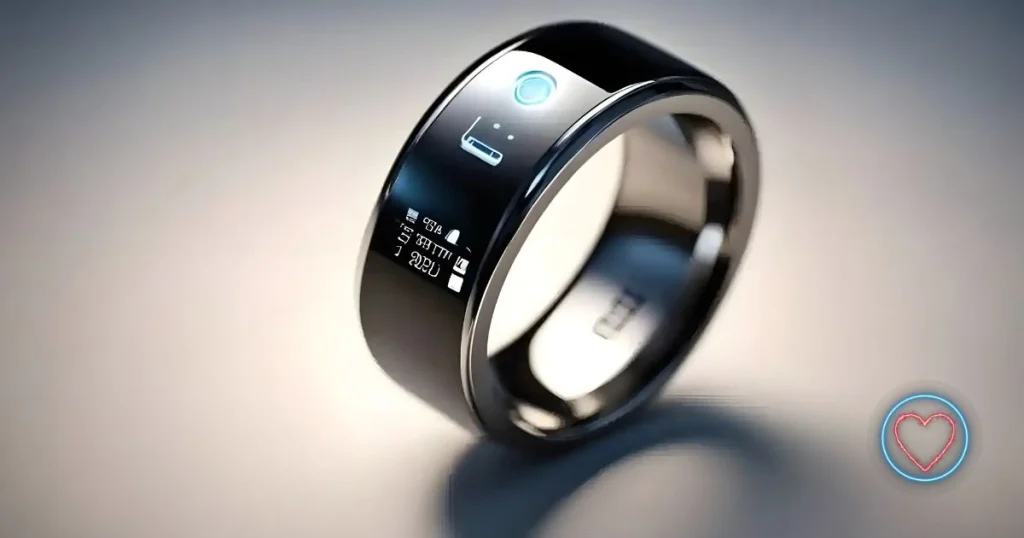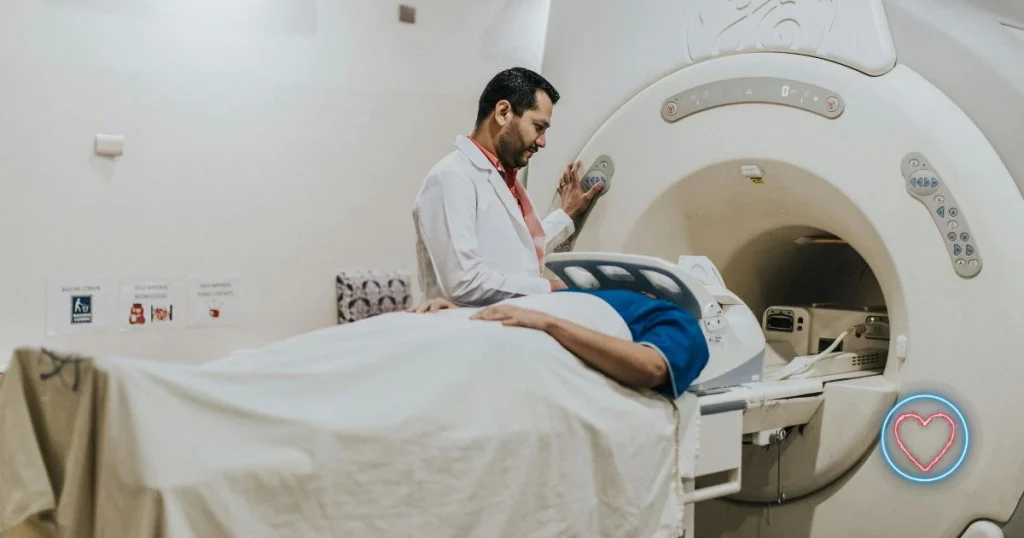Urgent care clinics need fast, reliable tools to manage patient information and keep workflows moving smoothly. An urgent care EMR (Electronic Medical Record) system helps clinics access patient histories quickly, improve care delivery, and handle high patient volumes efficiently. This technology supports a busy environment by streamlining tasks like registration, documentation, and billing.
These EMR systems are designed to fit the unique demands of urgent care settings. They often offer features like cloud access, integration with diagnostic tools, and customizable workflows to help staff work faster and reduce errors. Choosing the right urgent care EMR can directly impact a clinic’s ability to provide timely, quality care. For more on selecting the best options, check urgent care EMR solutions that focus on speed and ease of use.
Core Features of Urgent Care EMR
An effective urgent care EMR system handles patient details efficiently, supports quick clinical notes, manages billing accurately, and simplifies medication orders. These elements work together to improve care delivery and reduce errors.
Patient Registration and Intake
Patient registration in urgent care EMR systems is designed to be fast and accurate. It collects essential patient information such as personal details, insurance data, and medical history.
Many systems offer electronic forms that patients can complete before arriving. This saves time, reduces paperwork, and avoids errors caused by manual entry.
The intake process also verifies insurance eligibility in real-time, helping clinics avoid denied claims. It allows staff to track patient visits and update records instantly.
Clinical Documentation Tools
Clinical documentation tools help providers record patient encounters clearly and quickly. These tools often include templates tailored for common urgent care conditions.
Providers can use voice recognition or dropdown menus to reduce typing time. This helps maintain focus on patient care instead of paperwork.
The software also ensures documentation meets legal and billing standards. It can prompt clinicians for missing data, improving chart completeness and accuracy.
Integrated Billing and Coding
Billing and coding features automate the tricky task of matching services to billing codes. This reduces claim errors and speeds up reimbursement from payers.
EMRs provide reliable code guidance to staff. They suggest the correct Current Procedural Terminology (CPT) or International Classification of Diseases (ICD) codes based on clinical notes.
Integration means charges and payments update patient accounts instantly. It also helps urgent care facilities monitor revenue cycles closely and spot issues early.
E-Prescribing Capabilities
E-prescribing in urgent care EMRs allows providers to send prescriptions directly to pharmacies electronically. This reduces wait times and minimizes mistakes from handwritten notes.
The system checks for drug interactions and allergies based on the patient’s medication history. This safety feature helps prevent harmful errors.
Some EMRs support controlled substance prescriptions securely, complying with legal requirements. Providers can also track prescription statuses and refills easily, improving patient care continuity.
Benefits for Urgent Care Facilities
Urgent care centers face fast patient turnover and a high demand for accuracy. Electronic medical records (EMRs) help by automating tasks, improving safety, and enabling better communication. These benefits support smoother daily operations and higher quality care.
Improved Workflow Efficiency
EMRs reduce time spent on paperwork and manual data entry. Staff can register patients and update records quickly, which speeds up check-in and check-out. This saves labor costs and helps manage high patient volumes more effectively.
Automation features, such as appointment reminders and digital forms, reduce errors and cut down waiting times. Reporting tools give managers clear data on visit numbers and revenue, helping to adjust staffing and resources efficiently.
Overall, EMR use lowers administrative burdens and lets staff focus more on patient care, increasing clinic productivity and service quality.
Enhanced Patient Safety
EMRs help reduce medical errors by providing accurate, up-to-date patient information at every visit. They flag allergies, medication conflicts, and past issues, which protects patients from harmful mistakes.
Urgent care EMRs also standardize documentation to ensure compliance with healthcare regulations. This leads to better record keeping and easier tracking of treatment outcomes.
By streamlining data entry and clinical decision support, EMRs contribute to safer patient care and better tracking of health progress during each urgent care visit.
Streamlined Communication
EMRs enable quick sharing of patient records within the care team. Doctors, nurses, and administrative staff can access the same information instantly, allowing for faster treatment decisions.
They also improve communication between urgent care centers and other healthcare providers, such as primary doctors or specialists. This ensures continuity of care and reduces duplicated tests or procedures.
Effective communication through EMRs enhances coordination, patient engagement, and follow-up care management, which is vital in urgent care settings where time is critical.
For more on how EMRs benefit urgent care centers, see Top 5 Benefits Of Urgent Care EMR Software.
Choosing the Right Urgent Care EMR
Selecting an urgent care EMR requires careful attention to its features, support services, and security measures. Providers need a system that speeds up work without sacrificing accuracy and ensures patient data stays safe. The right choice improves both patient care and staff efficiency.
Key Evaluation Criteria
The EMR must handle fast, varied cases typical in urgent care. Customizable clinical templates speed documentation for common conditions like sprains or flu. Integration with practice management tools simplifies scheduling and billing.
Look for systems with mobile and cloud access, allowing providers to chart remotely or after hours. Reliable interoperability with labs and pharmacies ensures seamless information exchange. User-friendly design reduces training time and errors.
Essential features include quick charting, decision support, and real-time reporting. These help maintain care quality without slowing down the workflow. Prioritizing these elements tailors the EMR to urgent care’s high-paced environment (read more).
Vendor Support and Training
Vendor support affects how smoothly an EMR adoption goes. Providers should check if the vendor offers thorough training to match staff skill levels. Ongoing customer service availability is crucial for resolving technical problems fast.
Look for vendors with experience in urgent care settings, as they understand specific challenges. Effective support includes live help, online resources, and updates to improve software over time. This reduces downtime and enhances user confidence.
Training should cover software basics, clinical features, and reporting tools. Regular refresher courses help staff keep up with new functions. Good vendor support leads to better adoption and usability of the EMR system (detailed guide).
Compliance and Security
Urgent care EMRs store sensitive patient data and must follow HIPAA rules and other regulations. Systems need strong security features like data encryption, multi-factor authentication, and secure cloud backups.
Vendors should demonstrate compliance with healthcare standards to protect against breaches. Regular security audits and timely software updates help maintain safety. Locking down access based on user roles limits unnecessary exposure to patient records.
Security also includes patient consent management and audit trails. These ensure all data access and changes are tracked and justified. Prioritizing compliance safeguards both patients and the healthcare provider legally and ethically (more info).
Frequently Asked Questions
Urgent care EMR systems require users to access them securely, and training is important to use the software efficiently. The hardware and software must meet certain standards to run properly. Cost factors vary, and some EMR platforms are more common in urgent care settings.
How do you log in to an urgent care EMR system?
Users typically need a username and password to access the EMR. Some systems may use additional security like two-factor authentication to protect patient data.
What training resources are available for learning to use urgent care EMR software?
Training often includes online tutorials, live webinars, and user manuals. Some vendors offer customized on-site training to help staff learn specific workflows.
What are the system requirements for installing an urgent care EMR?
Most EMRs need a computer or tablet with an internet connection. The system should support updated browsers or specific operating systems as outlined by the vendor.
How to retrieve a lost password for an urgent care EMR file?
Users usually can reset passwords through a “forgot password” link or by contacting IT support. Verified identity checks are standard before access is restored.
What are the average costs associated with implementing an EMR in an urgent care setting?
Costs vary but commonly include software licensing, hardware, training, and technical support. Initial setup fees and monthly maintenance charges should also be considered.
Which EMR platforms are commonly utilized by leading urgent care providers?
Some popular EMR platforms are designed specifically for urgent care clinics and focus on speed and ease of use. Examples can be found in discussions about selecting an EMR for urgent care.




















